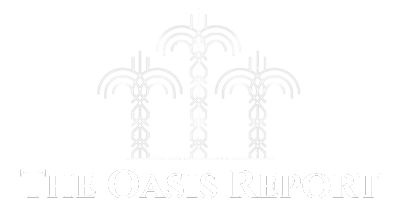Oil prices slipped on Friday but were on track for their first weekly gain in three weeks after U.S. President Donald Trump and China’s Xi Jinping resumed trade talks, raising hopes for growth and stronger demand in the world’s two largest economies.
Mike Blake | Reuters
Oil prices slipped on Friday but were on track for their first weekly gain in three weeks after U.S. President Donald Trump and China’s Xi Jinping resumed trade talks, raising hopes for growth and stronger demand in the world’s two largest economies.
Brent crude futures fell 12 cents, or 0.2%, to $65.22 a barrel as of 0133 GMT. U.S. West Texas Intermediate crude gave up 15 cents, also 0.2%, to $63.22, after gaining around 50 cents on Thursday.
On a weekly basis, both benchmarks were on track to settle higher after falling for two straight weeks. Brent has advanced 2.1% this week, while WTI is trading 4% higher.
The market continued to swing with news on tariff negotiations and data showing how trade war uncertainty and tariff impacts are flowing through into the global economy.
China’s official Xinhua news agency said trade talks between Xi and Trump took place at Washington’s request. Trump said the call had led to a “very positive conclusion,” adding the U.S. was “in very good shape with China and the trade deal.”
Elsewhere, Canada continued trade talks with the U.S. with Prime Minister Mark Carney in direct contact with Trump, according to Industry Minister Melanie Joly.
The market has also been supported by output cuts in Canada due to ongoing wildfires.
Top exporter Saudi Arabia cut its July crude prices for Asia to near two-month lows. That was a smaller price reduction than expected after OPEC+ agreed to ramp up output by 411,000 barrels per day in July.
The kingdom had been pushing for a bigger output hike, part of a broader strategy to win back market share and discipline over-producers in OPEC+, which groups the Organization of the Petroleum Exporting Countries and allies including Russia.
In economic indicators, the U.S. services sector contracted in May for the first time in nearly a year, and weekly jobless claims rose again, pointing to a cooling labor market. Investors are awaiting Friday’s U.S. nonfarm payrolls report for further signals on the Federal Reserve’s interest rate policy.


